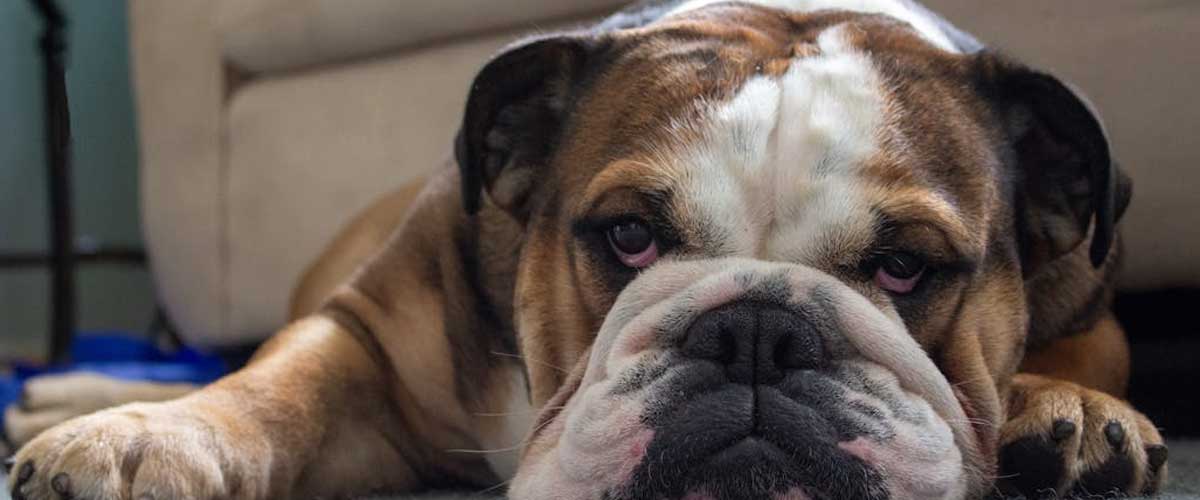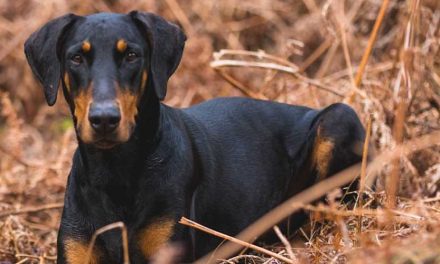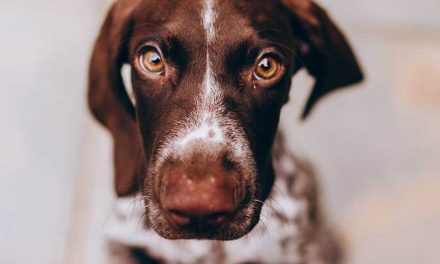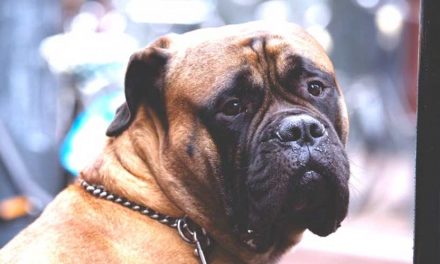The British Bulldog, often simply referred to as the Bulldog, is one of the most recognizable dog breeds worldwide.
With its distinct appearance and gentle temperament, this breed has won the hearts of many dog lovers.
Understanding the characteristics, history, and care requirements of the British Bulldog can help prospective owners ensure a loving and healthy environment for their furry companions.
History and Origins
The origins of the British Bulldog trace back to the 13th century in England. Initially, they were bred for bull-baiting, a cruel sport where dogs were set upon a tethered bull.
The breed was valued for its tenacity and strength. However, with the outlawing of bull-baiting in the 1830s, the purpose of the Bulldog changed dramatically.
Breeders focused on creating a more docile and companionable dog, which laid the groundwork for the friendly breed we know today.
Physical Characteristics
British Bulldogs are known for their unique appearance, characterized by a stocky build, large head, and distinctive wrinkled face.
They typically weigh between 40 to 50 pounds and stand about 14 to 15 inches tall at the shoulder.
Their short coat is smooth and comes in various colors, including brindle, white, fawn, and combinations of these.
One of the breed’s most endearing features is its loose, wrinkled skin, especially around the face.
While this adds to their charm, it can also lead to skin issues if not properly cared for.
Regular cleaning of facial folds is essential to prevent infections.
Temperament and Behavior
The British Bulldog is known for its gentle and affectionate nature.
They are incredibly loyal to their families and typically get along well with children and other pets.
Despite their somewhat intimidating appearance, Bulldogs are known to be calm, courageous, and friendly.
However, prospective owners should note that Bulldogs can be somewhat stubborn.
Training requires patience and consistency.
Early socialization and positive reinforcement are essential to ensure they grow into well-rounded adults.
Health Considerations
While British Bulldogs are generally healthy, they do have some breed-specific health concerns that potential owners should be aware of.
Their unique physical structure makes them prone to breathing difficulties, particularly in hot and humid weather.
This condition, known as brachycephalic obstructive airway syndrome (BOAS), can lead to serious health issues.
Additionally, Bulldogs can suffer from hip dysplasia, skin infections, and heart problems.
Regular veterinary check-ups, a balanced diet, and appropriate exercise are crucial for maintaining their health.
Care and Exercise
British Bulldogs are relatively low-energy dogs, making them suitable for apartment living.
However, they still require daily walks and engaging activities to keep them mentally stimulated and prevent obesity.
Owners should be mindful of their exercise routine, ensuring not to overexert them, especially in hot weather.
Grooming is fairly simple due to their short coat, but regular brushing can help minimize shedding.
Keeping their skin folds clean and dry is essential, as mentioned earlier, to prevent skin infections.
Conclusion
The British Bulldog is not just a pet; it is a loyal companion that brings joy and warmth to many households.
Their unique appearance, coupled with their friendly temperament, makes them a beloved breed.
With proper care, training, and attention to their health needs, Bulldogs can thrive as cherished family members for many years.
If you’re considering adding a British Bulldog to your home, be prepared for a loving and loyal friend who will undoubtedly enrich your life.









